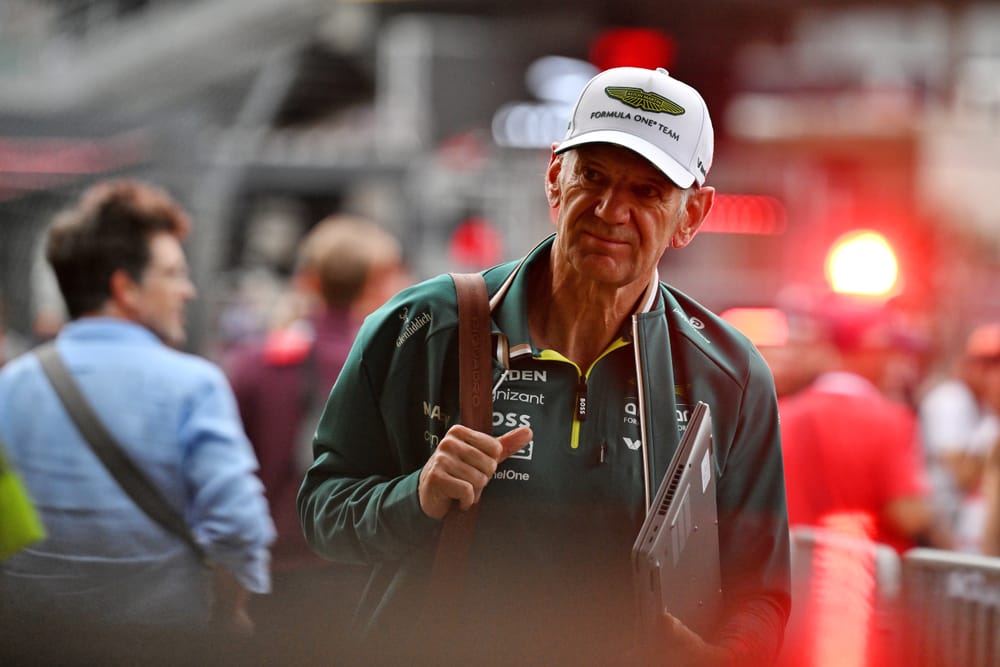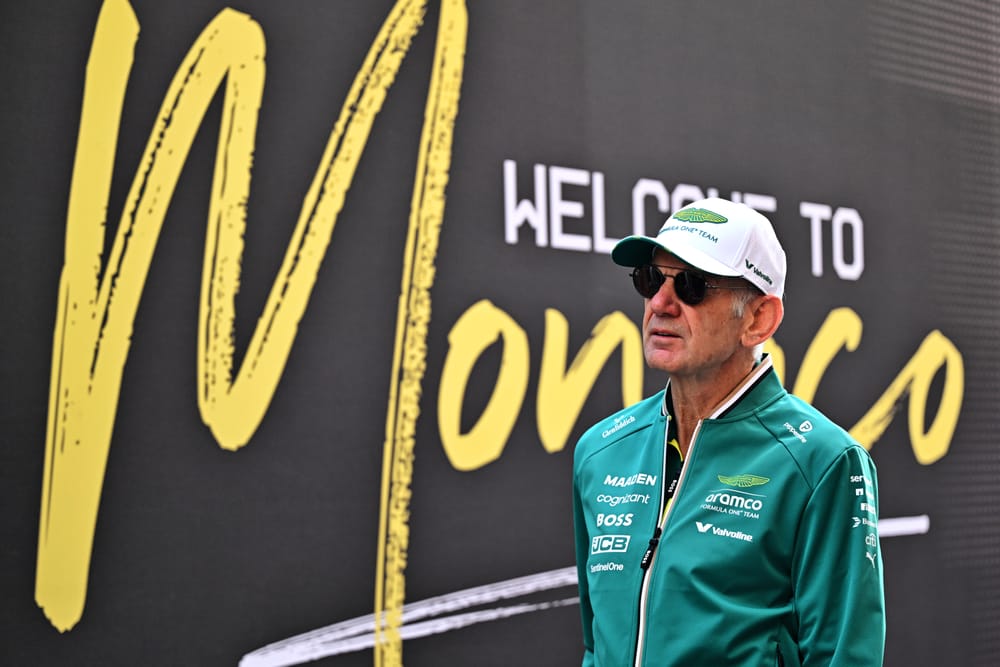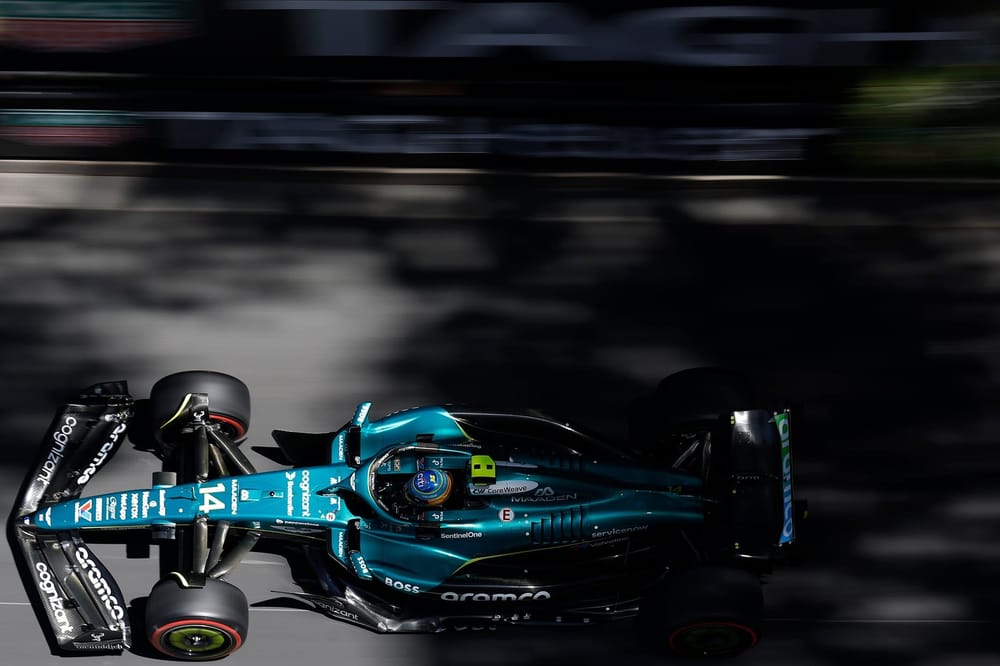Since he joined the Aston Martin Formula 1 team in March, Adrian Newey has kept quite a low profile, with just one race appearance so far at the Monaco Grand Prix.
But while the team has been clear that his priority is in pulling together a 2026 car design that can thrust it up the grid, it would be wrong to think that he has simply locked himself away in his office with his drawing board and won't be seen again until the AMR26 hits the track.
Instead, as team principal Andy Cowell reveals in an exclusive interview with The Race, the Newey effect has spread throughout the Silverstone factory in many different ways.
Setting tough targets
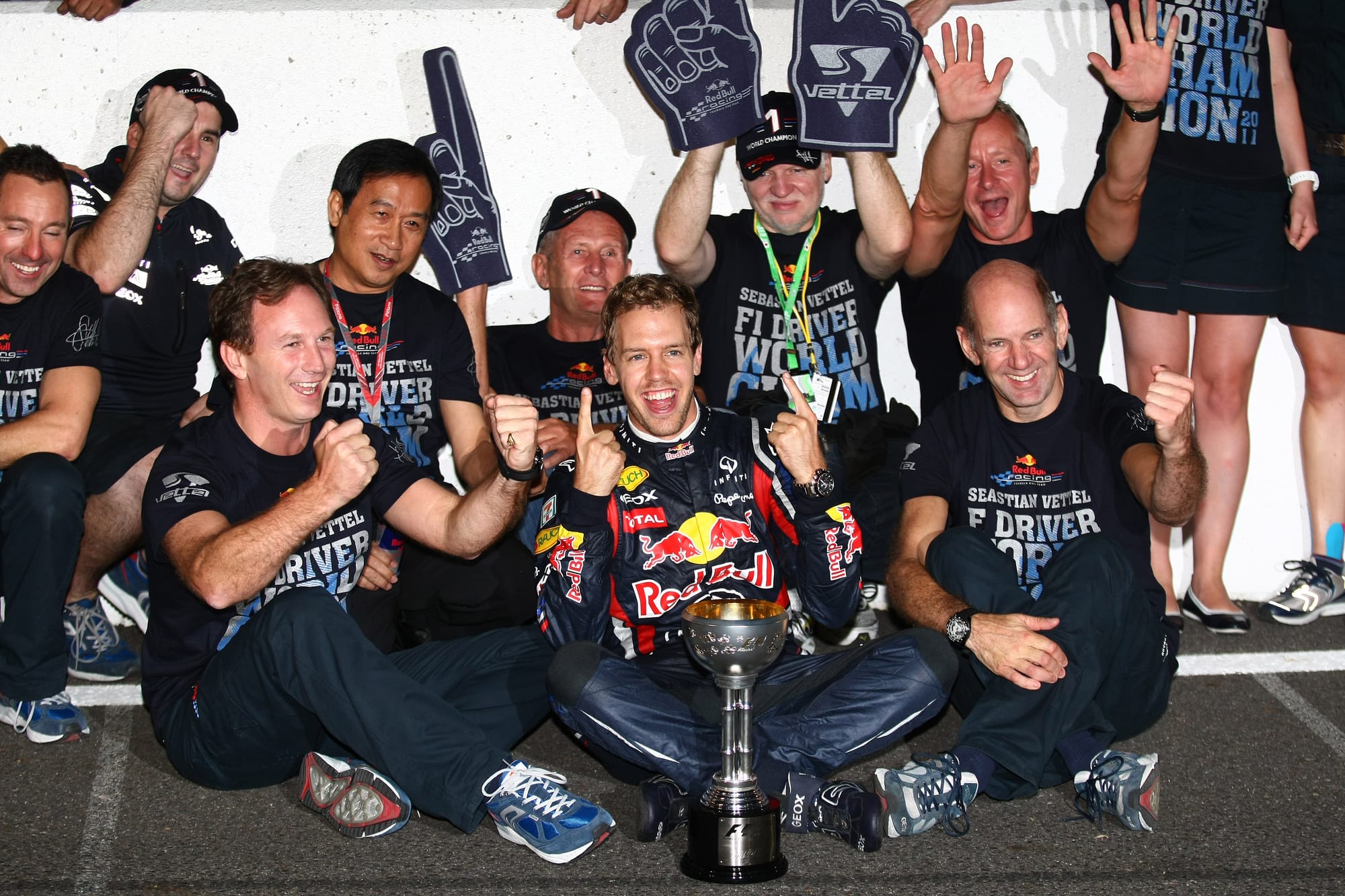
Newey has not achieved the success he has in F1 without demanding the best of himself and everyone around him.
So it is no surprise to hear that after settling in at Aston Martin, he has already started setting expectations for those around him - and they are pretty lofty.
"It's not just about having a factory and the tools," says Cowell. "It's about having the people and the people that work well together as a team.
"Set awesome targets; and be fearless when it comes to setting awesome targets. It's then dig into the detail, probe it, and have the determination to keep chasing those difficult targets."
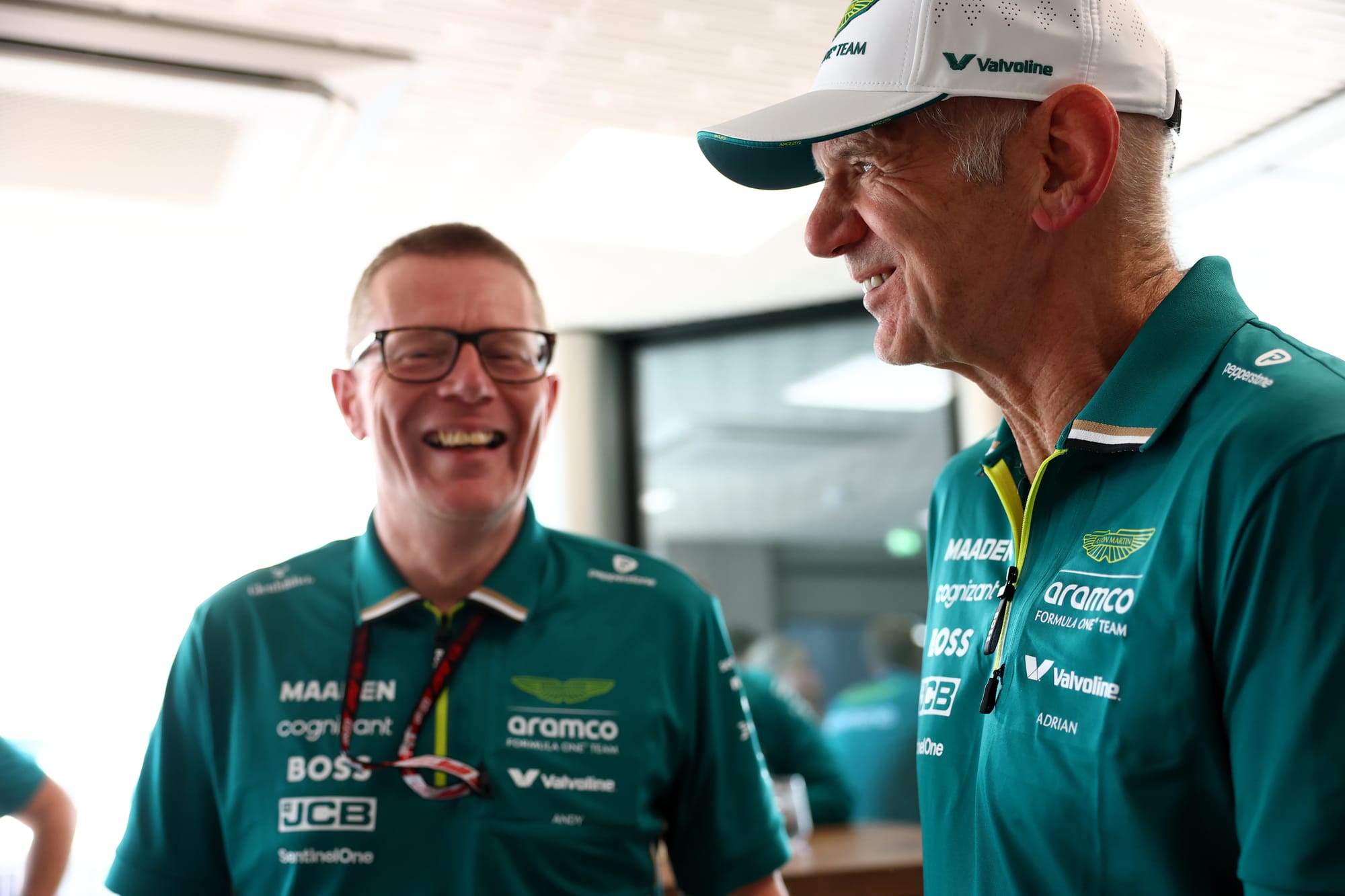
Cowell says Newey's ultra-high standards have served to invigorate those around him, even if it means a demand to dig deeper than ever to deliver.
"Adrian doesn't make anybody's engineering job easy in the factory," adds Cowell. "Everything has been backed into tight corners. Adrian is, 'We should try and achieve this, this and this and this and this and this. And I know it doesn't all fit, but we're going to find a way'. And I love that.
"I personally love that engineering approach, because if you can do that, you're going to make a machine that's more capable than your opponent's, whether that's a power unit from my former life to the race car now. And you need people with that mentality, that ambition.
"I don't think Adrian understands the phrase: 'that's good enough'. Everything can constantly be improved."
What's wrong (and how wrong it is)
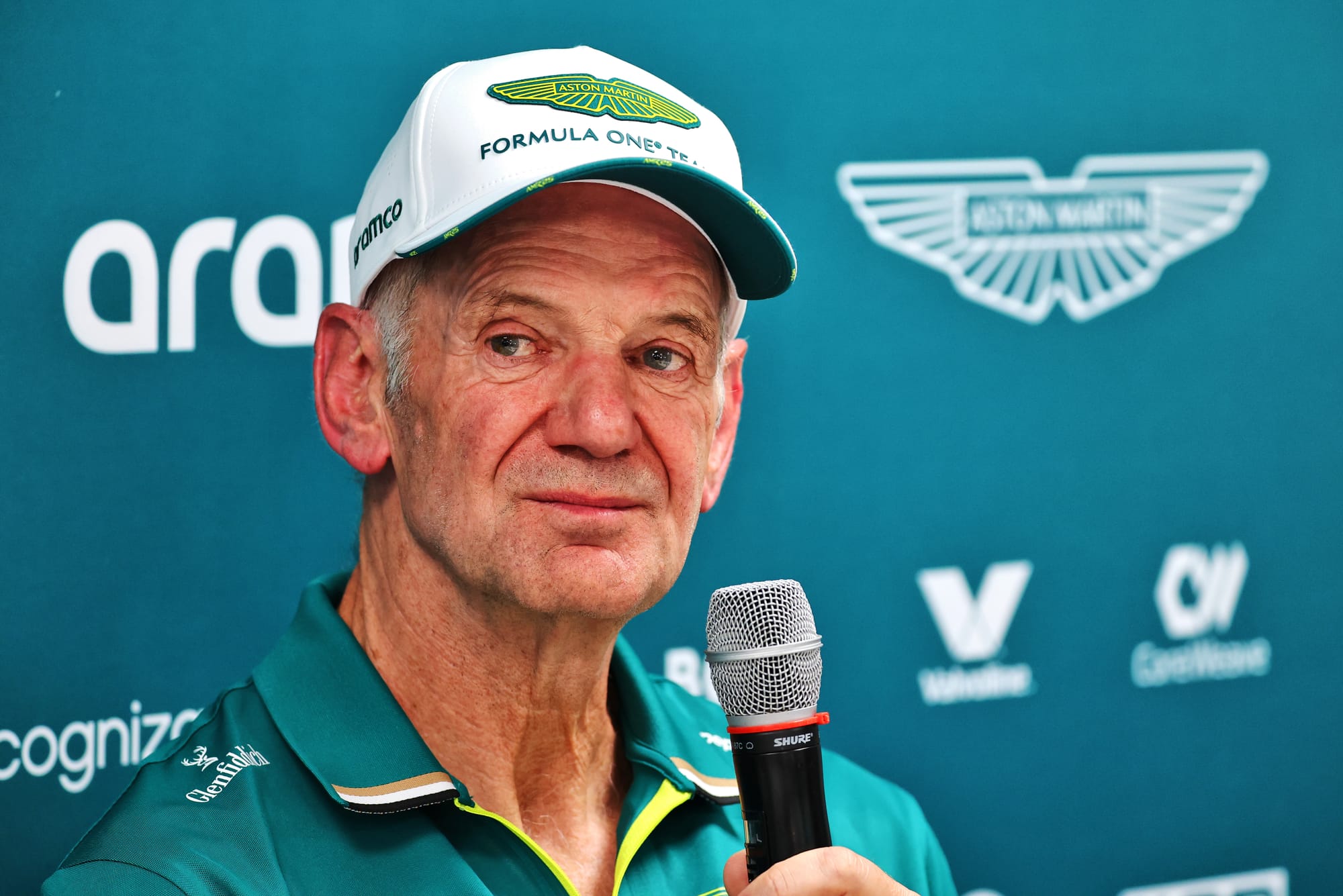
One of the areas where Aston Martin said last year that it was lacking was in its outside knowledge when it came to benchmarking its facilities and processes.
So while it had ideas about areas where it felt it was good, and those where it felt it needed to lift things, it didn't have anything definitive.
Newey has provided that, with his remarks about how lacking its simulator correlation was having grabbed attention when he spoke in Monaco.
What Cowell says is most useful is not just what Newey says is wrong at Aston Martin, but just how wrong it is.
"We all knew and suspected which areas needed to be improved," says Cowell. "So we knew we needed to give things a nudge in a good direction. But we didn't know how much.
"Adrian has been able to do the gap analysis by providing the target point, and therefore then you know the journey that needs to be taken."
Newey's insight into the strengths and weaknesses of Aston Martin's tools holds value because he is so hands-on.
Cowell adds: "Although Adrian's the most senior engineer in our business, and sometimes people at that level of seniority don't know the fidelity of the tools, Adrian absolutely does because he uses them, although maybe not the CAD system.
"But when it comes to CFD tools, windtunnel output, what a driver-in-the-loop simulator should be able to do in terms of set-up fidelity compared with what you see in FP1 and FP2, he knows exactly what they should be capable of and the accuracy. And so that's super useful."
A culture overhaul
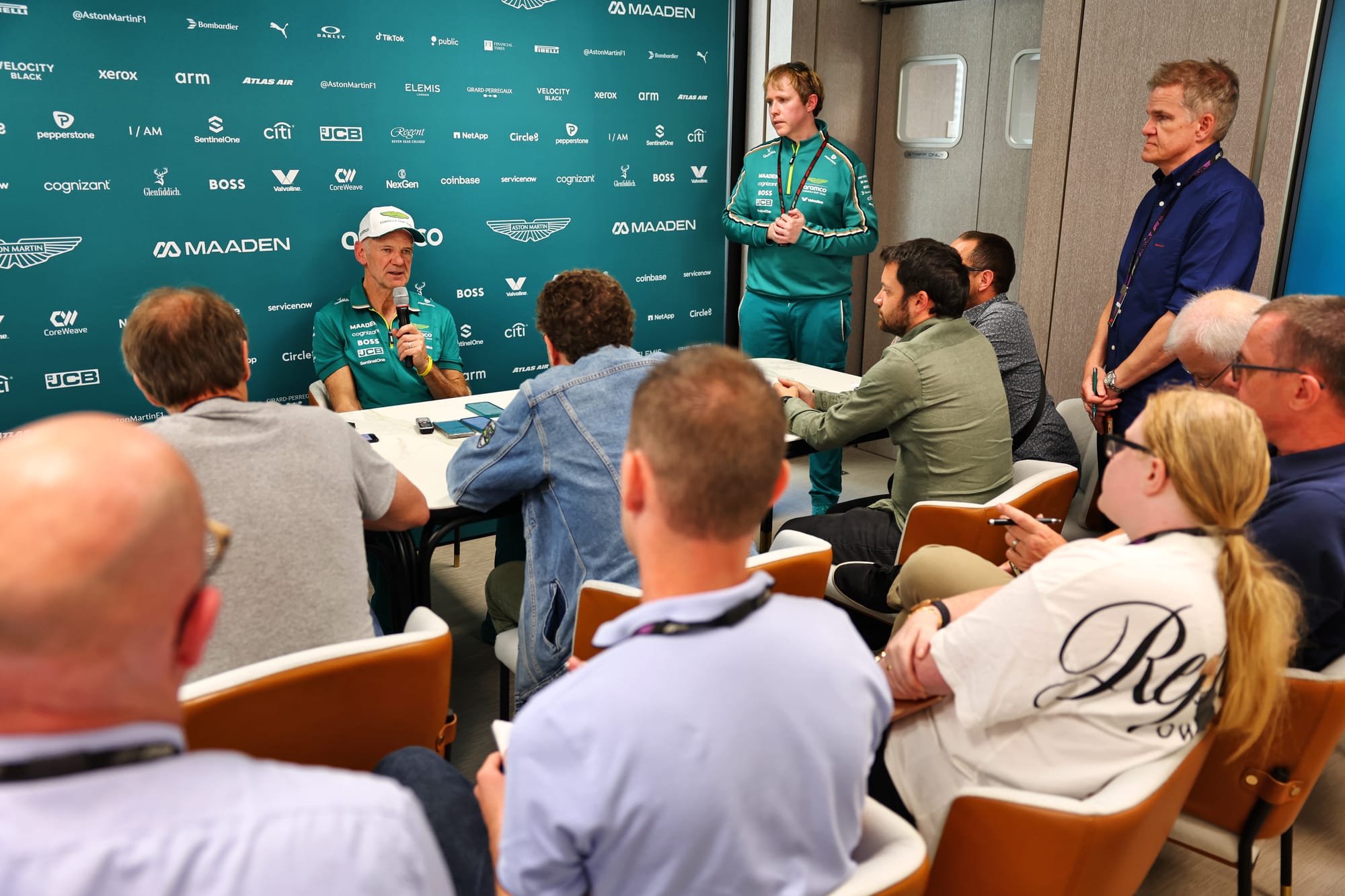
One of the keys to current F1 benchmark McLaren unlocking its recent success was not that it needed a complete staff overhaul to do it; it just needed to better make use of the way its personnel interacted with each to get the best out of them.
This is something that Newey is targeting doing with Aston Martin too because, beyond his comments about the simulator in Monaco, he also made reference to Aston Martin's talent pool not working as cohesively as a unit as it should.
"There's a lot of very, very good people," he explained. "We just need to try to get them working together perhaps in a slightly better organised way."
Cowell says Newey's insight has helped open up better ways for Aston Martin to organise itself.
"There is the case that every department has grown over the last three or four years, so they've grown in capacity and toolset capability, but have they grown together as a team? I would question that," he explains.
"People use the word silos. Have we got a silo mentality culture? I think there's more we can do to work together with a pure focus on we're all here for the race car.
"I think that's where having Adrian as one of the most experienced people in the paddock helps so much. So in terms of final decision making, there's a very clear final decision maker."
Engineering huddles
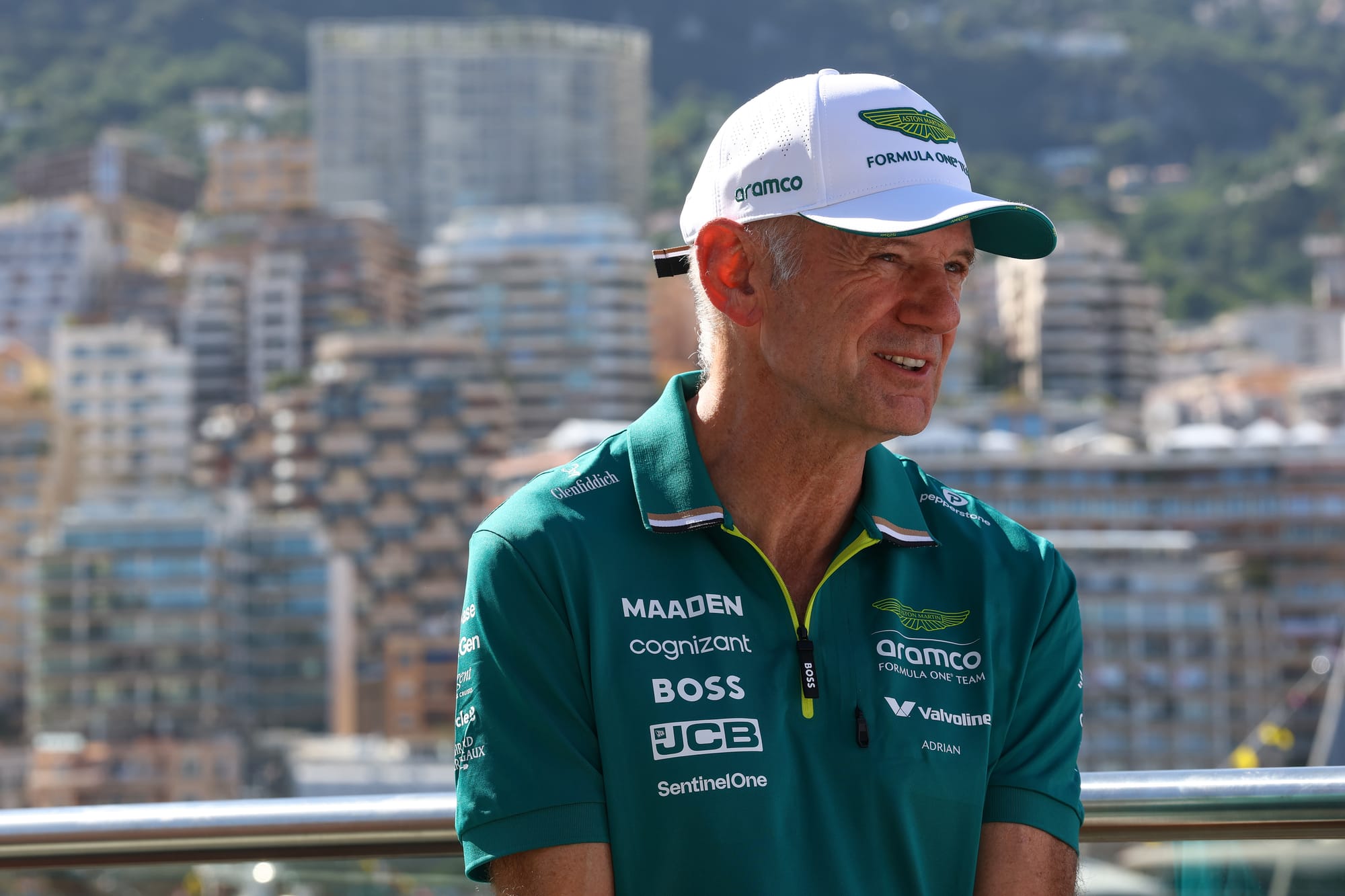
Newey may have been brought on board by Aston Martin because of his design genius, but he is not someone who thinks he can do it all alone.
In fact, Cowell has noticed that Newey spends a lot of his time consulting with the staff who work around him, as they bounce ideas off each other.
This is something that not only helps Newey but has a positive impact on everyone around him.
"There are often these small engineering groups," says Cowell. "You'll spot Adrian either at his drawing board, working alone, or maybe with one person, discussing something in his office or in the main engineering area that is immediately outside his office.
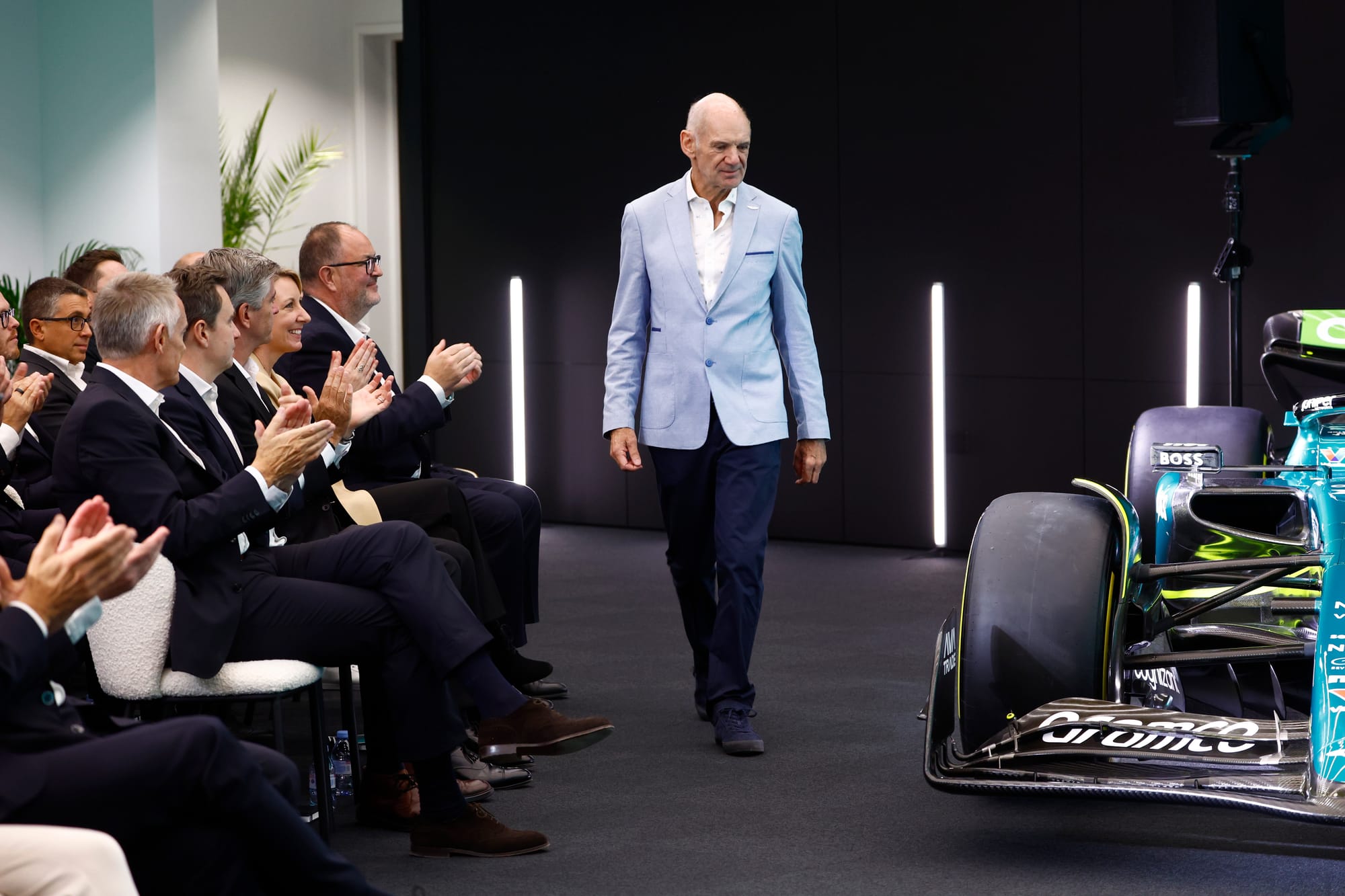
"He will be stood looking at a CAD screen with two or three engineers, wanting everything and working out how to do it and discussing their experiences.
"The energy in their faces is incredible. So the lift that it gives everybody about what we're going to try and do and how we are going to do that is great.
"They realise that instead of going for a walk up a small local hill, we're going up Everest - and that's an exciting thing to talk about, isn't it? So there's a spring in the engineers' step because of Adrian's competitive approach."
Attracting new staff (and joining interviews)
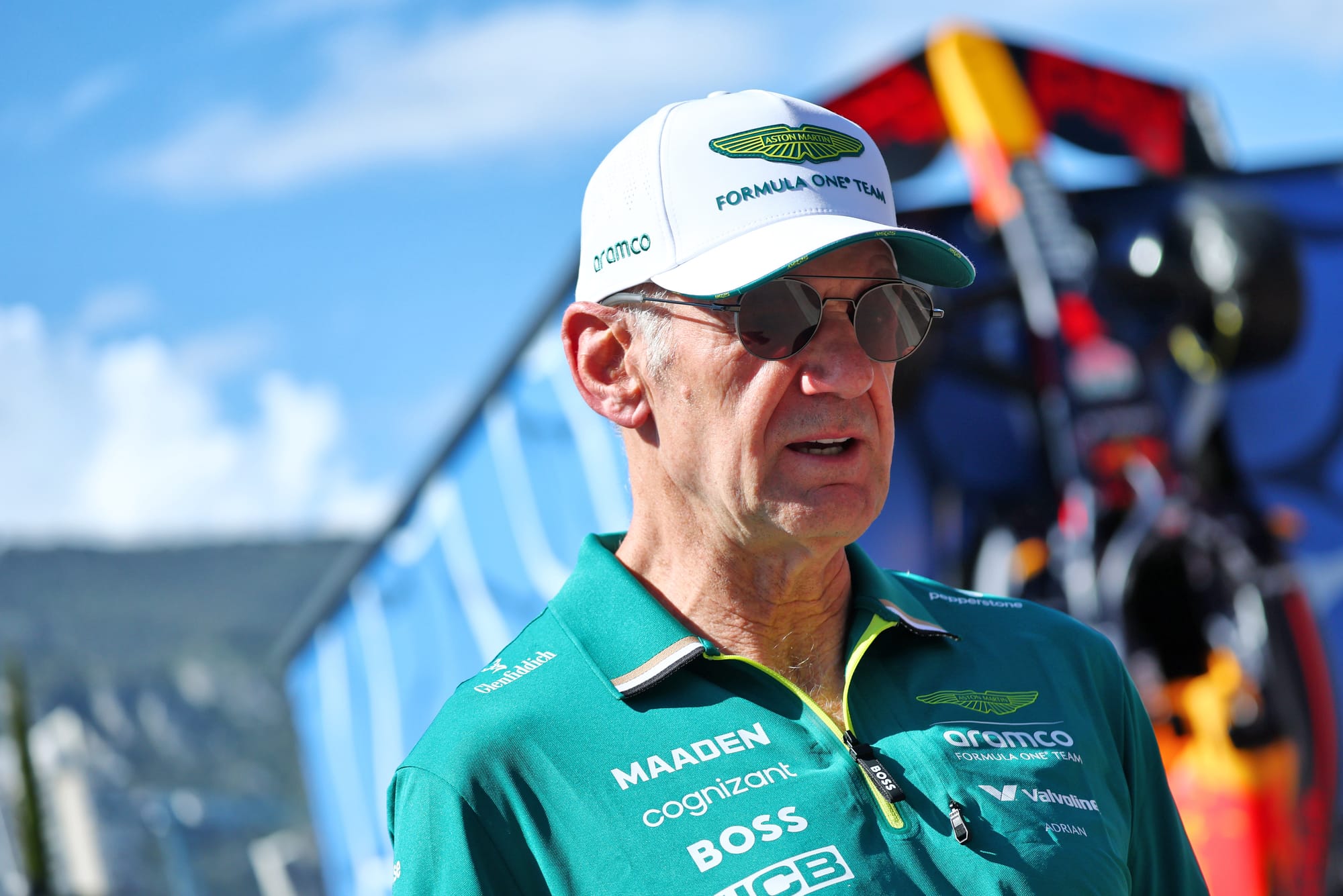
Aston Martin signing Newey was never about getting the final piece of the jigsaw in place, as F1 teams are constantly evolving their personnel.
And one of the things that Aston Martin has noticed is that having Newey has acted as a catalyst to attract other top names to join because they are convinced it is a good place to be in the future.
As revealed by The Race last week, this has included new chief aerodynamicist Gioacchino 'Jack' Vino, as well as luring one of Newey's former Red Bull lieutenants Giles Wood back to F1 as simulation and vehicle modelling director.
Cowell explains: "People want to come and work in an environment where Adrian's operating not only for their own learning and their growth, but also for the opportunity to work in an environment where it's Everest that we are going up."
With Newey's insight into the overall team structure, there has been the trigger for some departments to be expanded - especially on the aerodynamics front, where Aston Martin has realised it is behind the curve compared to its F1 opposition.
And Newey has made sure to play a role in pretty much every signing, as he is eager to help out in job interviews to make sure the very best staff are being brought on board.
Cowell adds: "He does not necessarily get into the details of the interview, but he comes to chat to people for the last 15 minutes about, 'Why do you want to come and work here? What are you interested in? And what have you worked on?'
"For people to go away saying, 'Adrian Newey spent some time with me, he's interested in me joining', it just adds another level of potency to the team, to bring it all together."
The next Newey
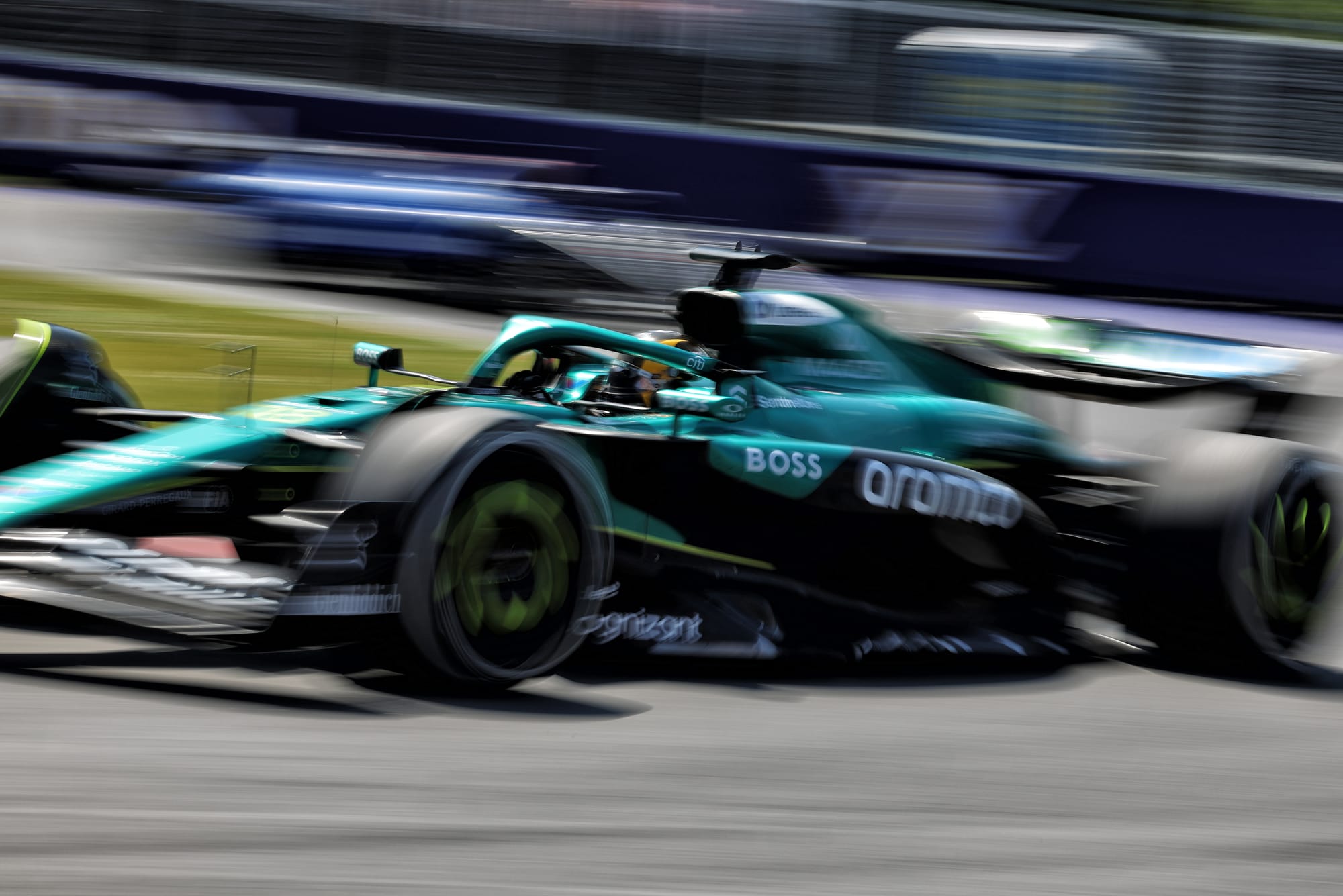
Newey will himself accept that he is nearer the end of his career than the beginning.
So that is why he has half an eye on helping bring on not only the next generation of engineering stars, but potentially the candidates who in the future can be as big a name as he is.
Newey sees his role at Aston Martin as not only being about putting in place what is needed to create the best possible racing cars, but also creating an organisation that is future-proof.
Cowell adds: "We're also all very keen to make this sustainable. So how do we invest in youngsters? How do we invest more in apprentices, industrial placements, students, graduates?
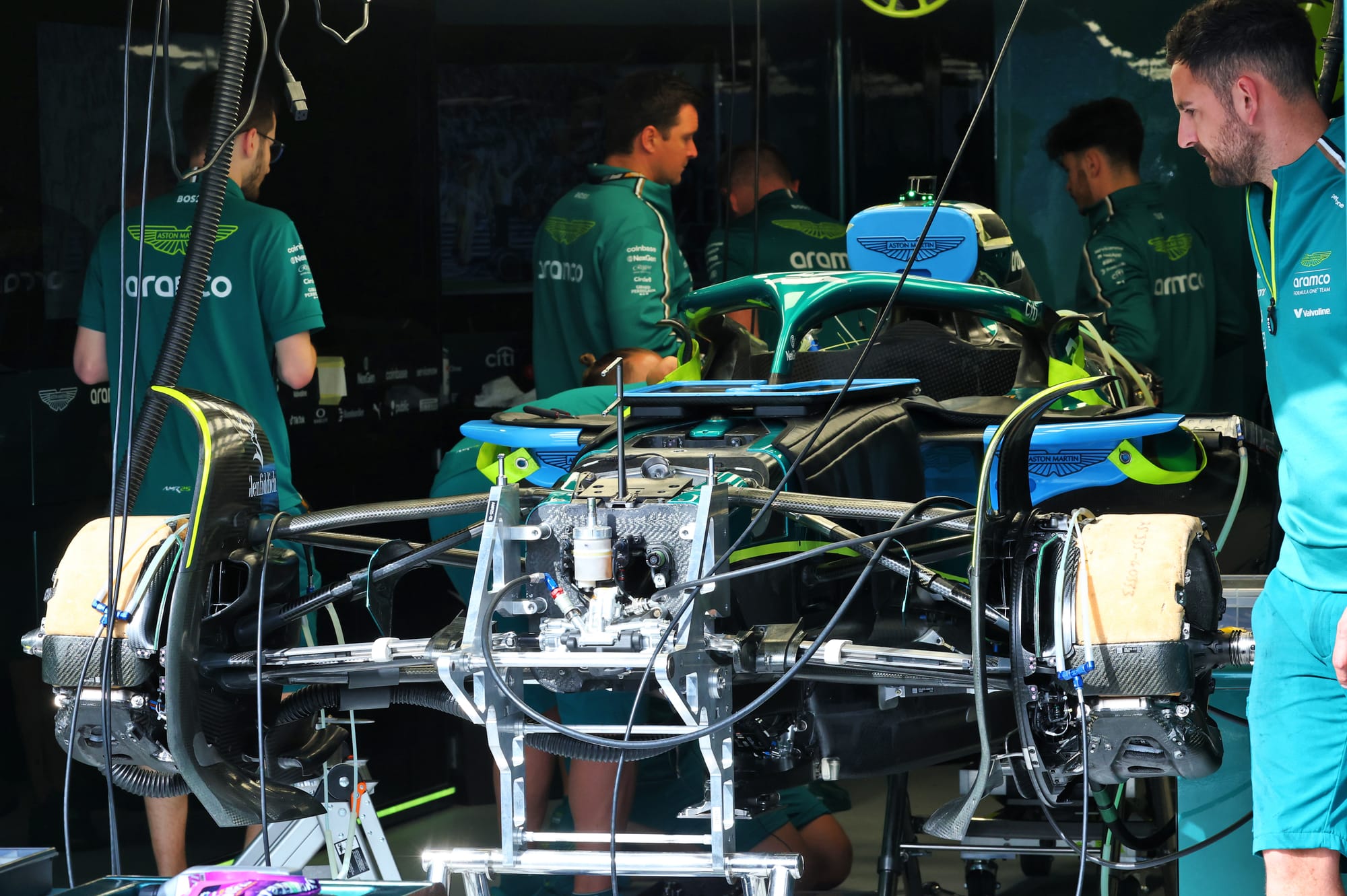
"How do we make sure that when they come in, they go to the 'Adrian Newey School of designing an F1 car'? How do we turn Adrian's experience and judgement into a formulaic way of designing a race car?
"So it's not just one Adrian Newey as a super experienced aerodynamicist. It's that there are 50 that all use the same approach.
"We're putting effort into that, and that's where Adrian's also exceptionally open.
"These huddles around the CAD screens, it's not a dictator stood there. He's prepared to make the decision. He sets the tough boundaries, but it is just talking through things at a very optimal engineering level."


